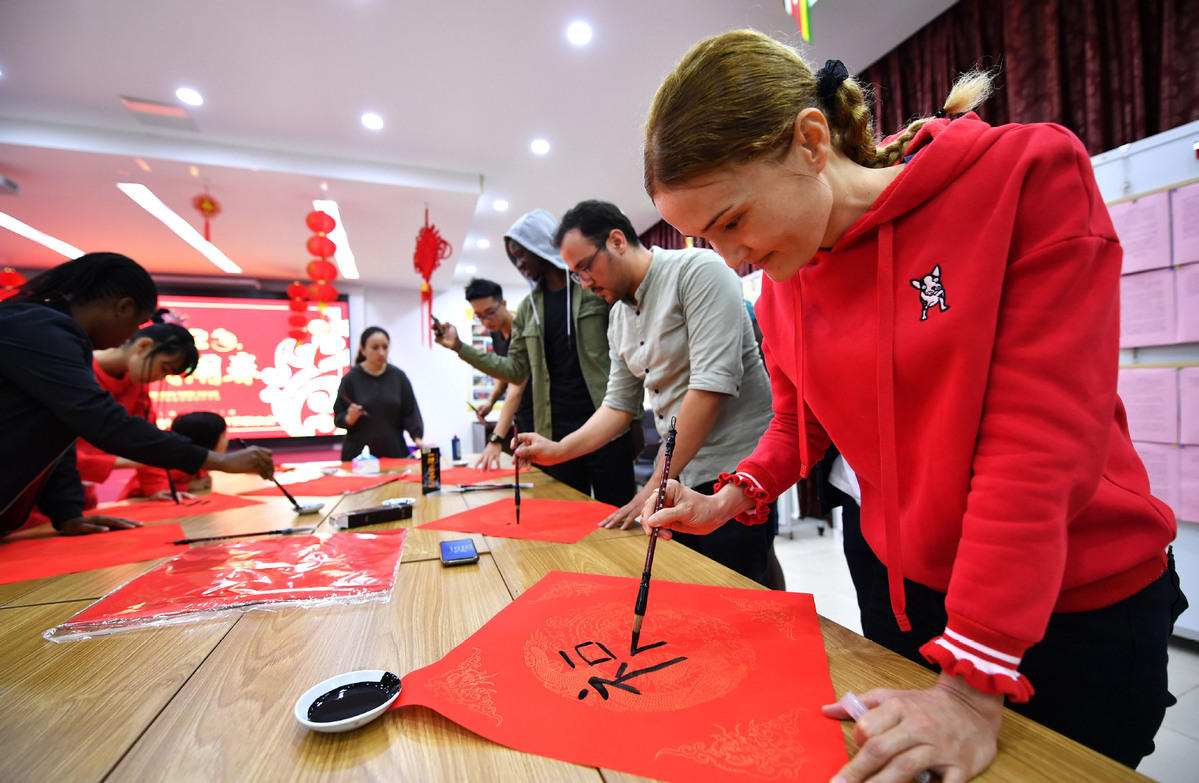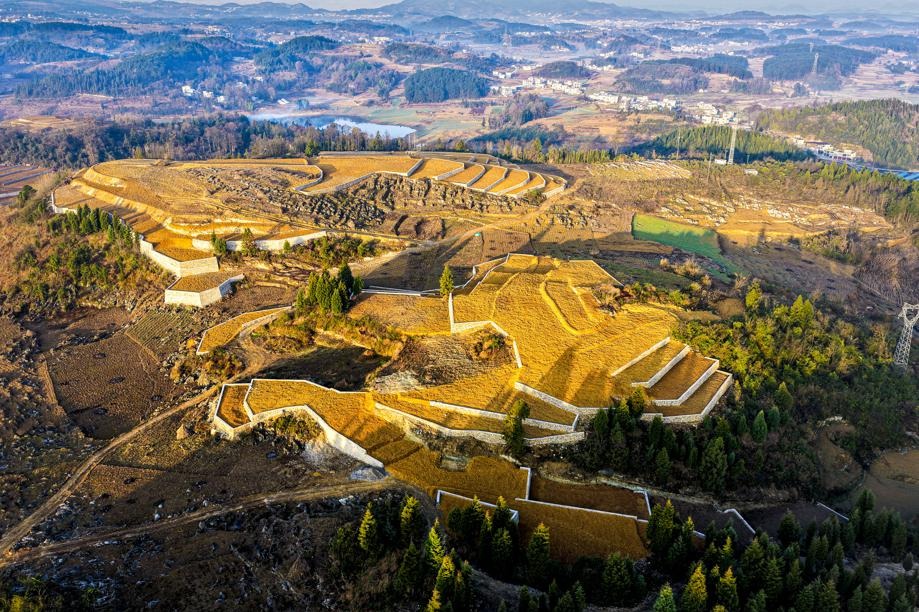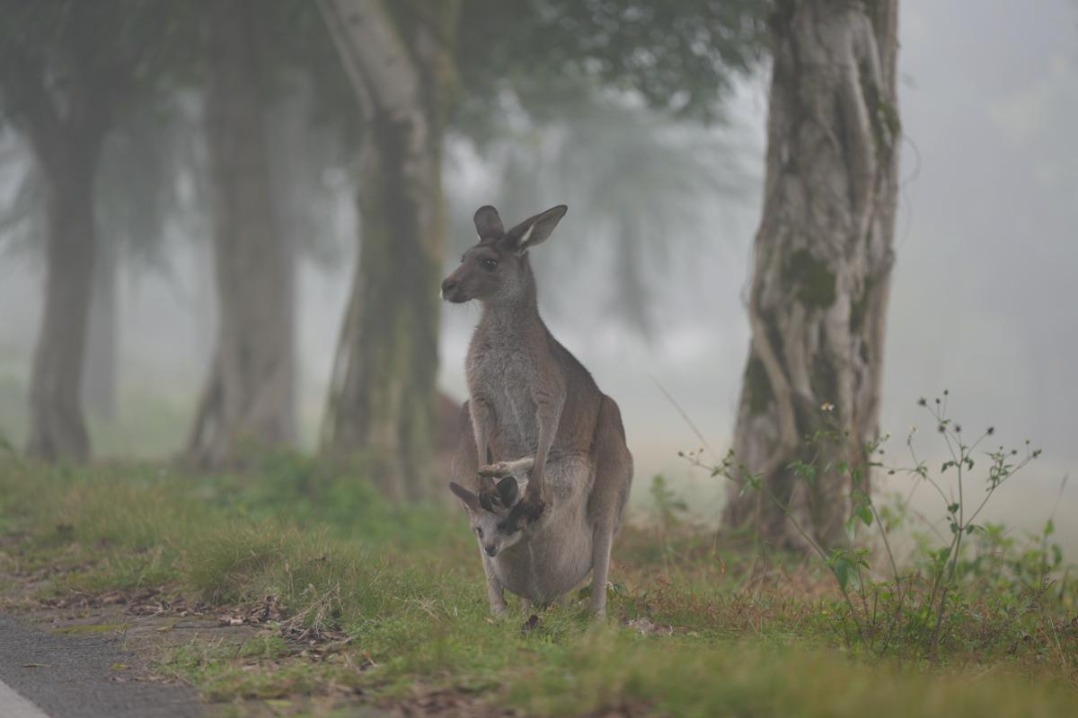Cultural exchange efforts of past 10 years bear fruit


China has vowed to further bolster international cooperation in cultural sectors to broaden horizons.
Rao Quan, vice-minister of culture and tourism, said at a news conference in Beijing on Wednesday that China has signed intergovernmental agreements concerning culture and tourism with 157 countries, and has set up overseas cultural and tourism institutions in 93 countries. The news conference was held by the Publicity Department of the Communist Party of China Central Committee.
"With deepening communication and cooperation, we can thus have higher-level opening-up," Rao said. "The last decade witnessed a booming scenario of mutual learning among various civilizations involving China."
For example, China Cultural Centers have opened in countries including Pakistan, Singapore, Cambodia and Vietnam since 2012, increasing the total number of such centers to 45.
China also promotes cross-border cultural communication within the framework of the Belt and Road Initiative, Rao said. A series of international alliances of theaters, museums, art festivals, libraries and art galleries, among others, have been launched, involving 539 institutions at home and abroad.
On average, about 2,000 events related to Spring Festival have been organized annually in around 130 countries in the past decade, thanks to a ministry program called Happy Chinese New Year.
"These activities thus build up a key bridge to share traditional festivals among people around the world," Rao said.
China has organized fruitful training sessions for culture and tourism industries that can offer Chinese experiences as references for developing countries, he added.
In cultural heritage circles, international communication and cooperation have also grown.
For example, a series of highlighted joint exhibitions have been organized. Tota Italia: Origins of a Nation, which reviews ancient Roman civilization, is ongoing at the National Museum of China in Beijing. Encounter Mesopotamia: An Exhibition of Antiquities From Ancient Syria, which is underway at the National Library of China, offers a panorama of Western Asian cultural splendor.
Jin Ruiguo, an official at the National Cultural Heritage Administration, said at the news conference that the system regulating the country's exit and entry of cultural relics will be continuously improved.
"Joint archaeology and cross-border cooperation on conservation of relics have advanced at a steady pace," Jin said. "Many highlighted moments of repatriation of lost Chinese cultural relics occurred."
Since 2012, more than 1,800 lost Chinese cultural relics have been returned to the motherland from abroad.
Jin added that cultural heritage exchanges have also benefited such areas as conservation technology and museum management.
"Our archaeological studies can help people better understand the origins of human beings, agriculture and civilization-issues of concern across the world," he said. "We can also better explain the contributions of Chinese civilization to the world through follow-up research."
- US defense policy act fuels Taiwan tensions
- New Year holiday to bring peak in travel
- China's top 10 sci-tech news events unveiled
- Over 700 generative AI large model products complete filing in China
- Beijing accuses Lai of 'kowtowing' to US
- Hong Kong's global standing boosted with increasing presence of intl organizations: justice secretary





































